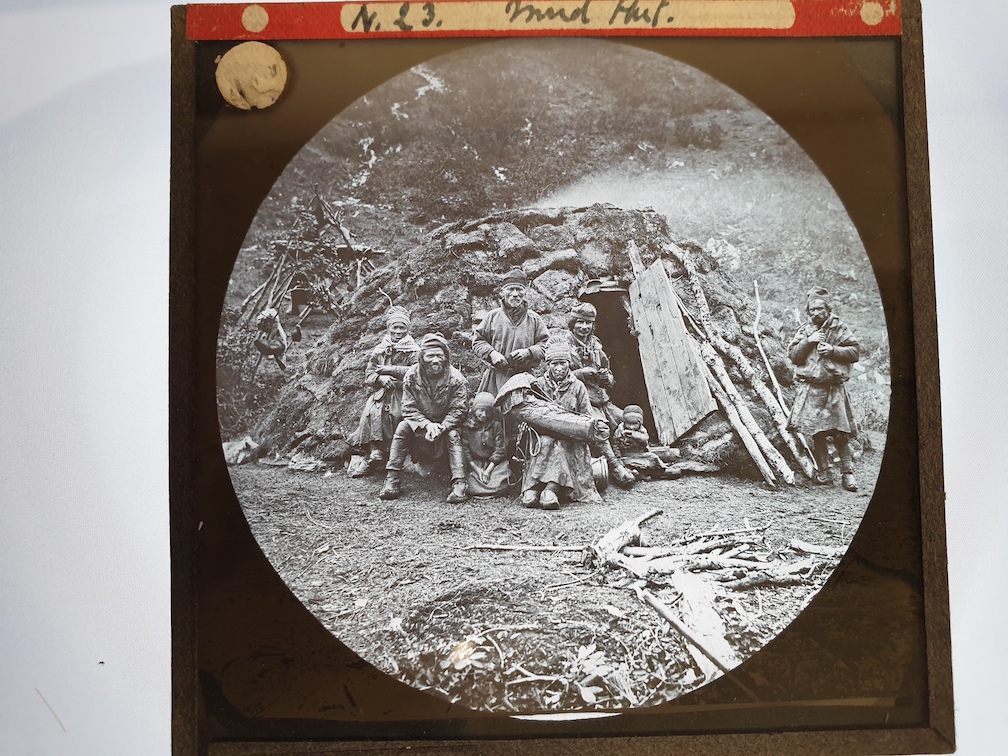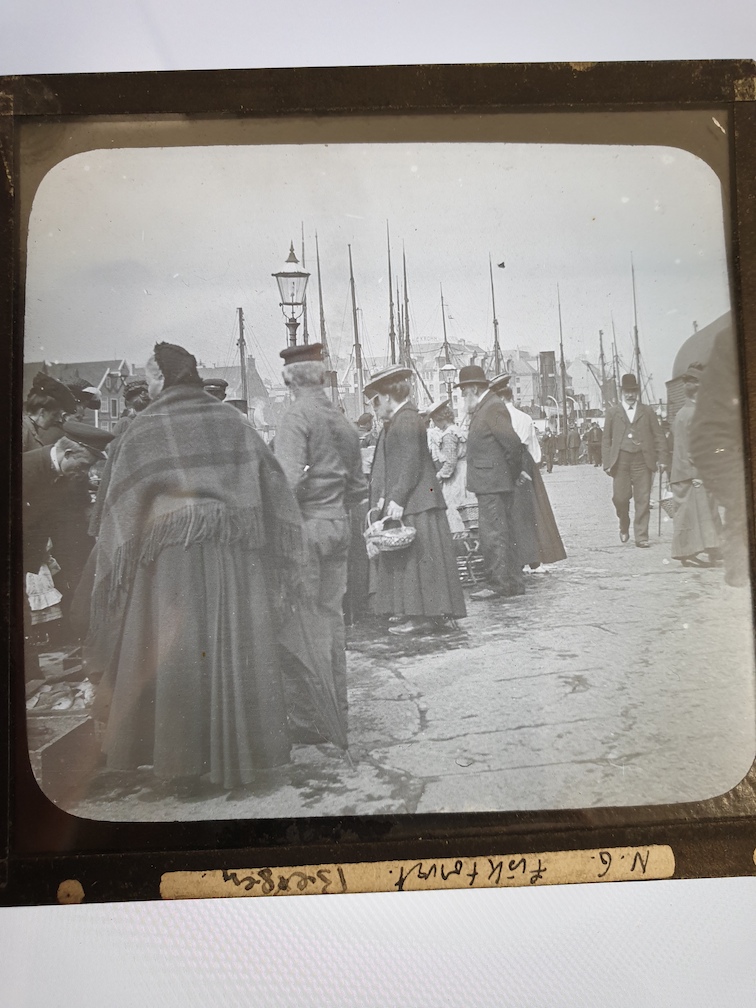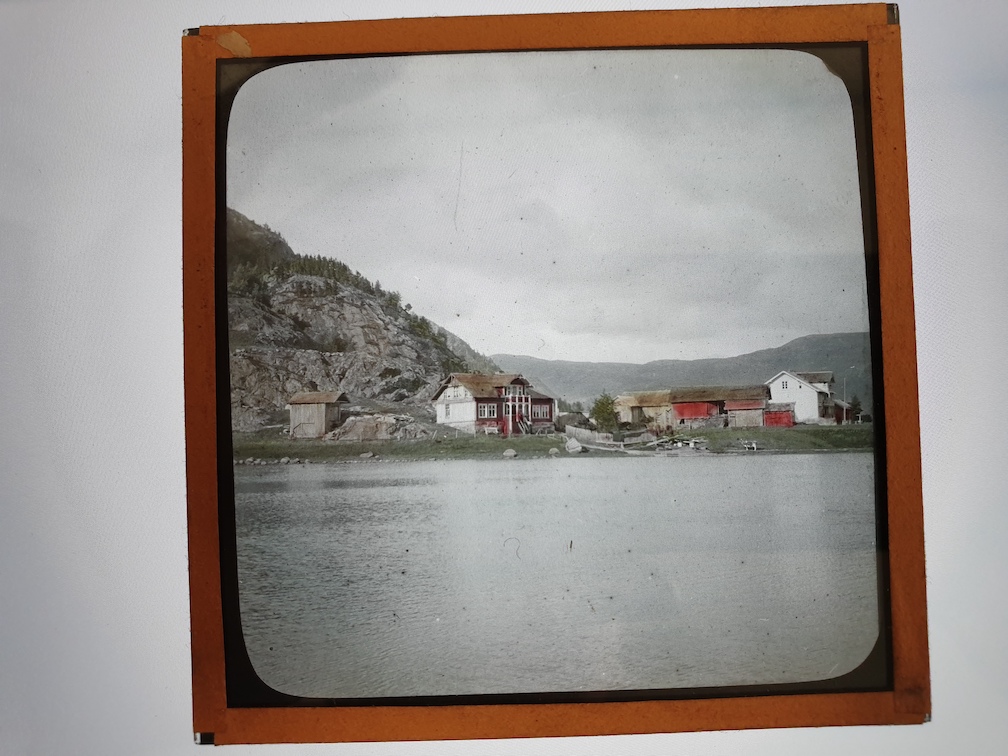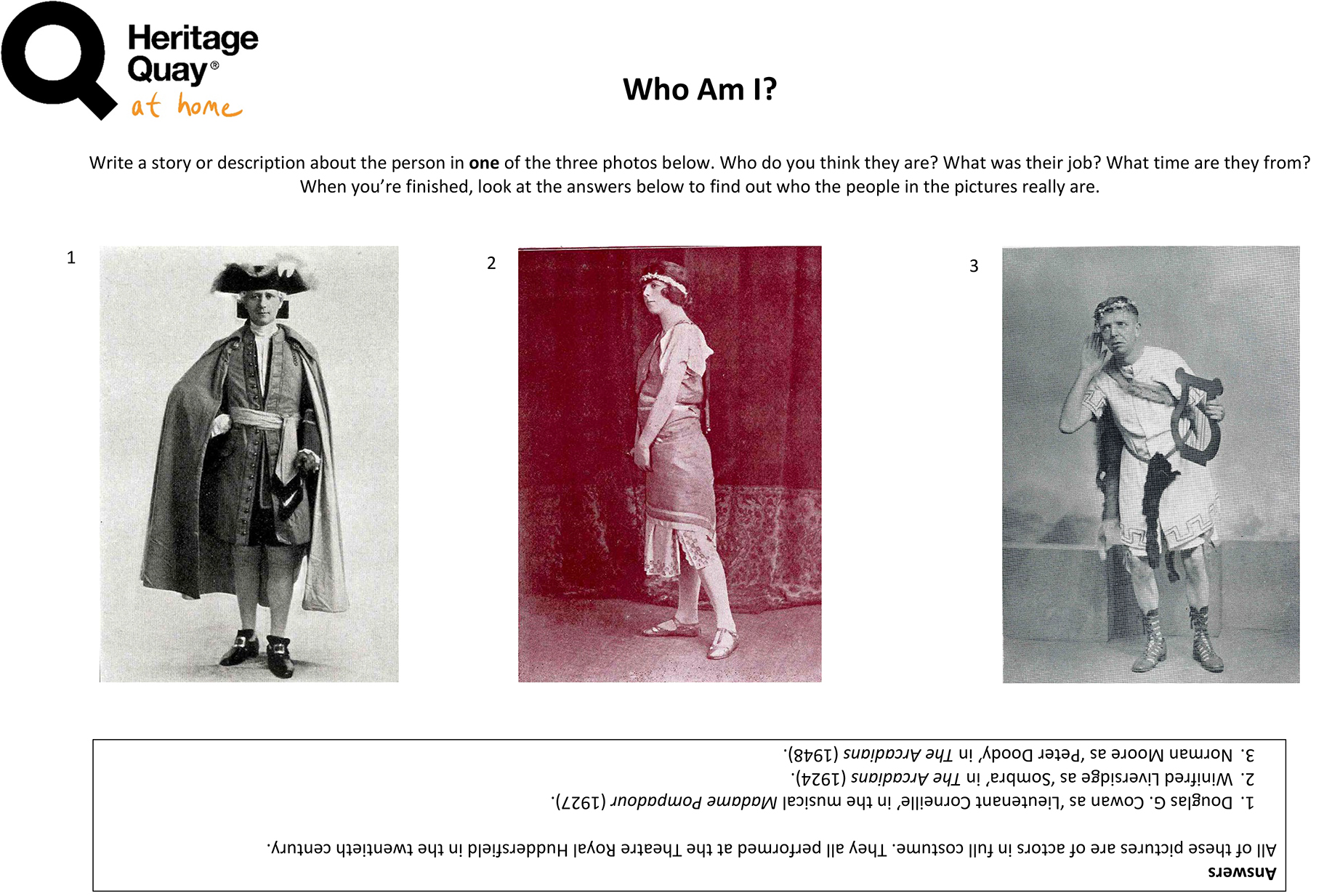We invite you to solve the clues, follow the trail and conquer the Heritage Quay scavenger hunt
It’s easy to become lost in the labyrinth that is an archive catalogue so we’re going to give you a series of clues to follow. Each clue will lead you to a place in the catalogue which will have a letter hidden somewhere within it, and the clue to the next location. You’ll need to collect all eight letters by the end of the hunt to reveal the password to a special webpage.
Some of the clues are hard and you might need to spend some time thinking about them or ask for help. If you’re really stuck you can ask us for a hint on our social media channels @heritage_quay.
Before you start, you’ll need to know a little bit about how an archive catalogue works. Here’s an example of what an entry looks like
RFL/HR/1/1/1
This is called a Reference Number. All you need to know at the moment is that ‘RFL’ is the code we’ve given to the Collection, HR is a section of that Collection (in this case, things about staff and managing people) and the three numbers are sub-sections which get more specific as you go along. The last number is usually an individual item or a few items. It can help to visualise it like a tree.

Why not check out the entry to see what it looks like in real life https://heritagequay.org/archives/rfl/hr/1/1/1/. Clicking on the text above the title of the item will move you up the tree.
Don’t worry too much about the rest, we’ll help you along the way as you do the hunt







